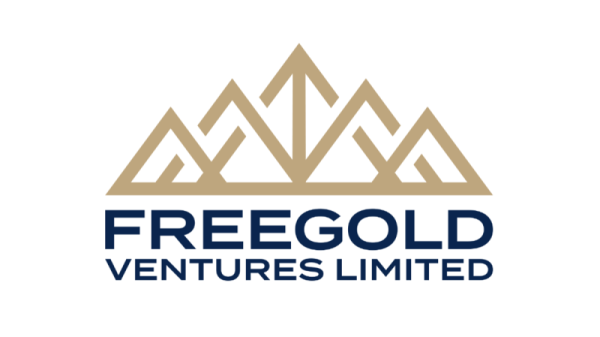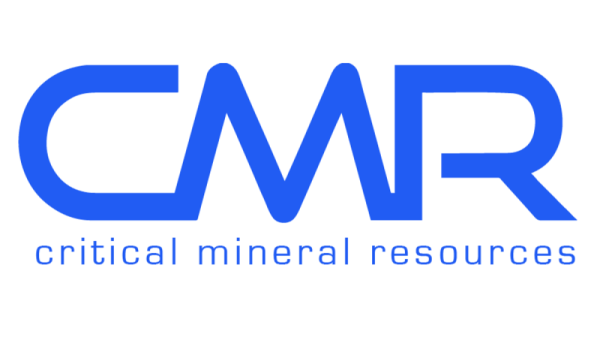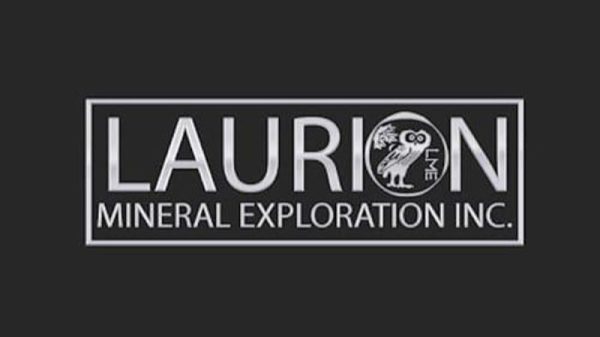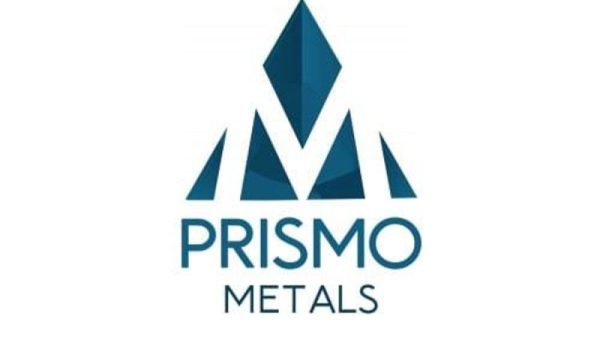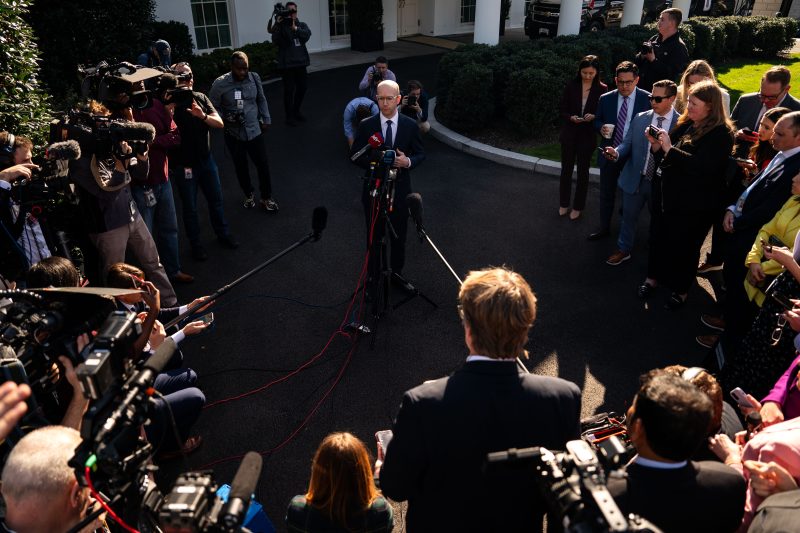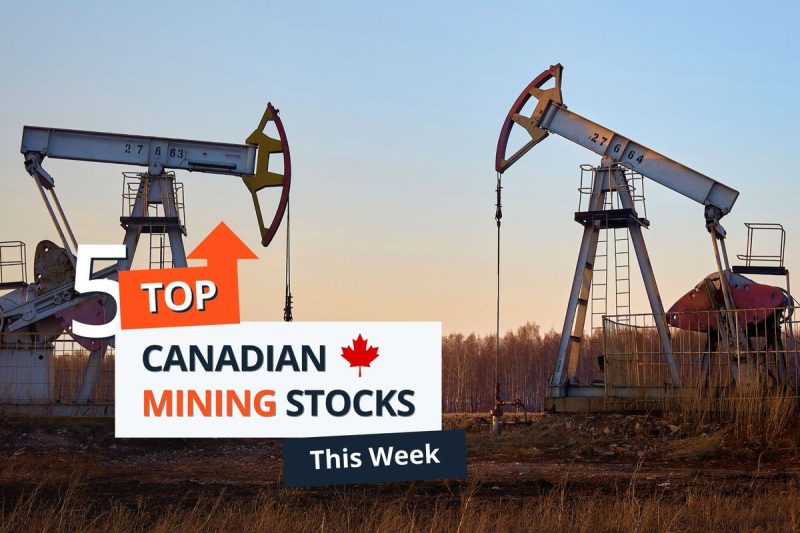South of the border, cooling rhetoric from the Trump administration led what turned out to be a relatively quiet news week.
Markets were volatile at the start of the week, however, after US President Donald Trump suggested on April 17 that Federal Reserve Chairman Jerome Powell’s “termination couldn’t come fast enough.”
The president softened his stance on Tuesday (April 22) when he said he had no intention of firing the head of the US central bank, but called him a “major loser.” Trump has been critical of Powell, saying that he has been slow to react to the markets in making rate cuts.
For his part, Powell has remained steadfast in waiting for more data before making decisions to tackle interest rates, most recently saying the Fed was taking its time to analyze the effect of tariffs imposed by the Trump administration.
This week, the president also implied that the high tariffs of 145 percent he implemented against China may come down in the future, although he said they would not be removed entirely. The comments helped to ease market tension on Tuesday, although he didn’t say when he would lower them.
However, economists believe that unless there is a substantial reduction to the 10 to 20 percent range, trade between the countries will not be normalized.
China said it was open to working out a deal, but not until the US remove all tariffs levied against Chinese imports. The Chinese foreign ministry also contradicted Trump’s statements that the two countries had been in negotiations.
As for Canada, Statistics Canada released its monthly mineral production survey for February on Tuesday.
The report showed that metallic mineral production was down from January. Copper production fell to 32.42 million kilograms from 34.1 million kilograms, gold production fell to 16,431 kilograms from 16,969 kilograms and silver production declined to 20,543 kilograms from 22,634 kilograms.
Shipments mostly increased compared to January’s figures. Copper rose to 29.23 million kilograms from 28.58 million kilograms and gold shipments increased to 15,328 kilograms from 14,751 kilograms. Silver saw the only decline, dropping to 16,592 kilograms from 17,227 kilograms.
Markets and commodities react
In Canada, the S&P/TSX Composite Index (INDEXTSI:OSPTX) gained 2.24 percent during the week to close at 24,710.51 on Friday (April 25), the S&P/TSX Venture Composite Index (INDEXTSI:JX) rose 2.25 percent to 653.82 and the CSE Composite Index (CSE:CSECOMP) surged 6.05 percent to 120.11.
US equity markets were highly volatile this week, but posted significant gains by close on Friday, with the S&P 500 (INDEXSP:INX) adding 5.67 percent to close at 5,525.22, the Nasdaq 100 (INDEXNASDAQ:NDX) gaining 7.82 percent to 19,432.56 and the Dow Jones Industrial Average (INDEXDJX:.DJI) rose 3.1 percent to 40,113.51.
The gold price climbed to a new high early in the week, touching the US$3,500 per ounce mark on Tuesday. However, by the end of the week it was in retreat, closing out Friday down 0.75 percent at US$3,307.54. The silver price went the opposite direction, rising 1.79 percent during the period to US$33.05.
In base metals, the COMEX copper price gained 3.16 percent over the week to US$4.89 per pound. Meanwhile, the S&P GSCI (INDEXSP:SPGSCI) fell 0.25 percent to close at 537.20.
Top Canadian mining stocks this week
So how did mining stocks perform against this backdrop?
Here’s a look at this week’s five best-performing Canadian mining stocks below.
Stock data for this article was retrieved at 4:00 p.m. EDT on Friday using TradingView’s stock screener. Only companies trading on the TSX, TSXV and CSE with market capitalizations greater than C$10 million are included. Companies within the non-energy minerals and energy minerals sectors were considered.
1. Tag Oil (TSXV:TAO)
Weekly gain: 76.47 percent
Market cap: C$32.77 million
Share price: C$0.15
Tag Oil is an oil and gas development company working to advance assets in Egypt’s Badr oil field.
The oilfield was first discovered in 1982 and has seen significant production since that time. Tag has been focused on exploration of the Abu Roash formation, and according to a November 2022 report, has estimated that its BED-1 concession contains more than 531.5 million barrels of oil in place, and represents an opportunity for successful commercial development.
Shares in Tag gained this week after the company announced on Tuesday that it had closed the sale of its 2.5 percent gross overriding royalty interests on the Cheal, Cardiff, Sidewinder, Puka and Cheal East operations in New Zealand. The company received the royalties in 2018 when it sold the assets.
Under the terms of the sale, the company received US$2.2 million, with the possibility of an additional US$300,000 in milestone payments. Tag stated the sale allows it to reallocate its resources to advancing its core business in Egypt.
2. Critical One Energy (CSE:CRTL)
Weekly gain: 63.27 percent
Market cap: C$12.65 million
Share price: C$0.40
Critical One is a critical mineral and uranium exploration company working to advance projects in Canada and Namibia.
The company’s uranium projects are located in Namibia and consist of the Madison West and the Madison North projects. They are situated in a region that hosts two producing uranium mines, the China National Nuclear Power (SHA:601985) led Rössing mine and CGN Power’s (OTC Pink:CGNWF,HKEX:1816) Husab mine.
The Madison West site covers an area of 35 square kilometers and hosts four primary prospects, including ML121, which has geological similarities to the deposits found at Rössing. The Madison North site covers an area of 26.13 square kilometers and has seen 50 holes completed over 3,720 meters.
Critical One’s newest asset is the Howells Lake antimony-gold project located near Thunder Bay in Ontario, Canada. The site is composed of 697 claims covering an area of 13,991 hectares. According to the project page, a historic resource estimate shows 51 million pounds of contained antimony from 1.7 million metric tons of ore with an average grade of 1.7 percent antimony.
Multiple parties previously owned the property, and on January 13, Critical One announced it had entered into a definitive purchase and sale agreement with Bounty Gold and the other vendors to acquire 100 percent of the project.
The company has not released any project news in the last week.
3. Patagonia Gold (TSXV:PGDC)
Weekly gain: 55.56 percent
Market cap: C$32.55 million
Share price: C$0.07
Patagonia Gold is a precious metals production and development company primarily focused on advancing its Cap-Oeste and Calcatreu underground projects in Argentina.
Located in Santa Cruz province, Cap-Oeste hosted open-pit mining operations until 2018. While Patagonia is working on the exploration and development of the underground resource at the site, it has been able to recover gold and silver from residual leaching on site.
In Patagonia’s management discussion and analysis, released on November 29, it reported that it had produced 1,415 ounces of gold and 65,046 ounces of silver from Cap-Oeste during the first nine months of 2024.
According to the company’s website, a 2018 mineral resource estimate for Cap-Oeste reported measured and indicated values of 704,300 ounces of gold and 21.43 million ounces of silver from 10.56 million metric tons of ore with average grades of 2.07 grams per metric ton (g/t) gold and 63.2 g/t silver.
Acquired in a deal with Pan American Silver (NYSE:PAAS,TSX:PAAS) in 2017, the Calcatreu project is located in Argentina’s Rio Negro province and covers approximately 90,000 hectares. A 2018 mineral resource estimate for Calcatreu reported measured and indicated values of 669,000 ounces of gold and 6.28 million ounces of silver from 9.84 million metric tons of ore with average grades of 2.11 g/t gold and 19.8 g/t silver.
The most recent news from the company came on Tuesday when it announced it had increased its loan facility with Cantomi Capital to US$50 million from US$45 million with a maturity date of December 31, 2026. The company intends to use the additional funds to continue the development at Calcatreu.
4. Azincourt Energy (TSXV:AAZ)
Weekly gain: 50 percent
Market cap: C$11.23 million
Share price: C$0.03
Azincourt Energy is a uranium exploration and development company working to advance projects in Canada.
One of its main focuses in 2025 is the Snegamook uranium project in the Central Mineral Belt of Newfoundland and Labrador. In October 2024, the company signed an option agreement to acquire a 100 percent stake in the property from BR Corporation.
The belt contains multiple uranium deposits including Paladin Energy’s (TSX:PDN,ASX:PDN) Michelin deposit, which hosts a measured and indicated resource of 82.2 million pounds of U3O8.
The property consists of 17 claims covering an area of 423 hectares and hosts proven shallow uranium mineralization. Previous exploration work discovered 1.3 kilometers of uranium bearing strike.
The most recent news from the project came on March 25, when Azincourt announced it was planning its inaugural work program that would include up to 1,000 meters of initial diamond drilling to confirm and expand on known uranium mineralization.
Its other focus this year has been at its East Preston project in the Athabasca Basin in Saskatchewan. The site covers 20,647 hectares and is one of the largest landholdings in the region.
Azincourt announced on April 1 that it was planning a geophysical program at the property in the fall, and in the winter it may perform follow-up diamond drilling on clay alteration zones discovered at the site in 2023 and 2024.
5. Novagold (TSX:NG)
Weekly gain: 49.88 percent
Market cap: C$2.31 billion
Share price: C$6.18
Novagold is a development company working to bring its Donlin Gold asset into production. The property, located in West-central Alaska, US, is currently a 50/50 joint venture between Novagold and Barrick Gold (TSX:ABX,NYSE:GOLD).
According to a June 2021 technical report, the property hosts proven and probable reserves of 33.85 million ounces of gold from 504.81 million metric tons of ore with an average grade of 2.09 g/t gold.
The report also demonstrated an after tax net present value of US$3.04 billion with an internal rate of return of 9.2 percent over a payback period of 7.3 years, all of which is based on a gold price of US$1,500 per ounce.
On Tuesday, the company announced that it and Paulson Advisers had entered into a definitive agreement with Barrick Gold to acquire Barrick’s 50 percent interest in the project for US$1 billion, with Novagold purchasing 10 percent of it for US$200 million. Upon completion, Novagold’s stake will increase to 60 percent and Paulson Advisers will hold a 40 percent stake.
FAQs for Canadian mining stocks
What is the difference between the TSX and TSXV?
The TSX, or Toronto Stock Exchange, is used by senior companies with larger market caps, and the TSXV, or TSX Venture Exchange, is used by smaller-cap companies. Companies listed on the TSXV can graduate to the senior exchange.
How many mining companies are listed on the TSX and TSXV?
As of February 2025, there were 1,572 companies listed on the TSXV, 905 of which were mining companies. Comparatively, the TSX was home to 1,859 companies, with 181 of those being mining companies.
Together the TSX and TSXV host around 40 percent of the world’s public mining companies.
How much does it cost to list on the TSXV?
There are a variety of different fees that companies must pay to list on the TSXV, and according to the exchange, they can vary based on the transaction’s nature and complexity. The listing fee alone will most likely cost between C$10,000 to C$70,000. Accounting and auditing fees could rack up between C$25,000 and C$100,000, while legal fees are expected to be over C$75,000 and an underwriters’ commission may hit up to 12 percent.
The exchange lists a handful of other fees and expenses companies can expect, including but not limited to security commission and transfer agency fees, investor relations costs and director and officer liability insurance.
These are all just for the initial listing, of course. There are ongoing expenses once companies are trading, such as sustaining fees and additional listing fees, plus the costs associated with filing regular reports.
How do you trade on the TSXV?
Investors can trade on the TSXV the way they would trade stocks on any exchange. This means they can use a stock broker or an individual investment account to buy and sell shares of TSXV-listed companies during the exchange’s trading hours.
Article by Dean Belder; FAQs by Lauren Kelly.
Securities Disclosure: I, Dean Belder, hold no direct investment interest in any company mentioned in this article.
Securities Disclosure: I, Lauren Kelly, hold no direct investment interest in any company mentioned in this article.

